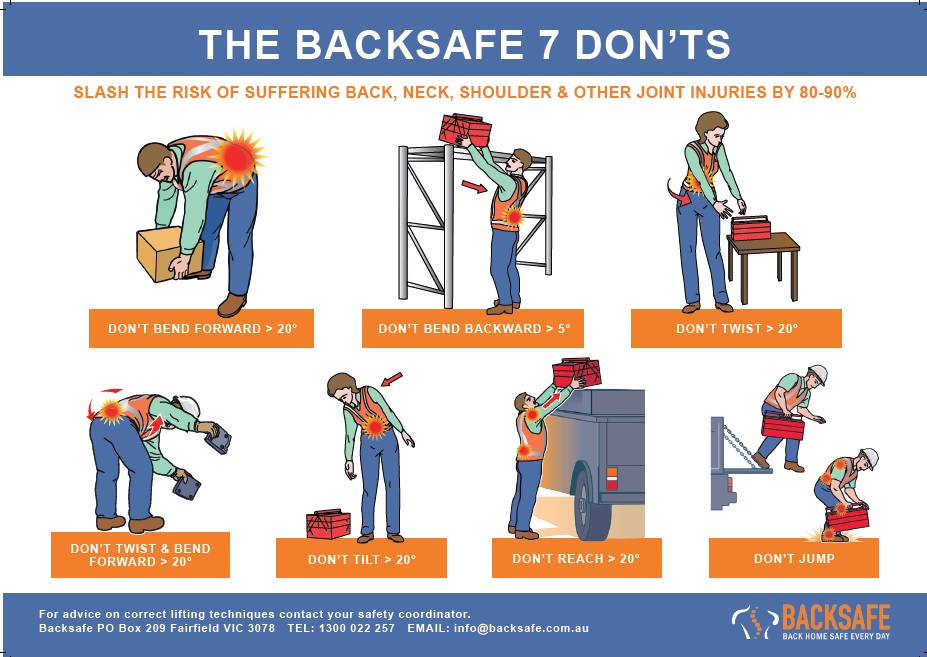Within the healthcare industry, safe patient handling and patient moving risk assessment’s are critical in ensuring a safe and comfortable working environment. Conducting the correct patient handling risk assessment assists in helping you feel safe and prepared at work while also creating a comfortable environment for the patient.
Conducting a Patient Handling Risk Assessment
A key element of safe patient handling is a patient risk assessment which includes:
- Assessing the physical environment in healthcare
- A thorough assessment of the physical environment is an essential first step in mitigating risks in patient handling. This involves evaluating your layout and any potential hazards that could pose a risk to yourself or your patient during the movement.
- Evaluating the work environment for safety
- Your work environment must support safe patient handling. This includes assessing workflows, staff training levels, and the availability of appropriate equipment for safe patient handling & moving.
- Assessing the patient’s ability to assist
- Understanding each patient’s physical abilities and their limitations is crucial. This will help determine your approach in choosing the safest and most effective handling methods.
Implement Safe Patient Handling Techniques
In the physical environment, managers and Health and Safety Representatives should assess factors that contribute to hazardous people handling tasks. If these factors cause risks to employees, they should be controlled so far as is reasonably practicable.
Inspecting and assessing the healthcare workplace will determine whether or not the facilities and equipment are compatible with best practice handling techniques or whether changes should be made. For example, overhead track systems for moving patients significantly reduce the force exerted by staff when transferring them within the facility. Of course, each patient moving situation involves a range of considerations and so each staff member should be trained to understand and apply all manner of controls to maximise safety for themselves and their patient.
According to WHS regulations employers must address patient handling hazards and implement safety solutions to protect staff from common sources of injury. With this in mind it is important to understand the most common hazards in the healthcare industry and strategies to eliminate them.
Mitigating Risks: Strategies for a Safer Healthcare Environment
Hazard: Lifting and Assisting Patients
- Eliminate manual lifting of patients, except in life-threatening, emergency situations.
- Encourage patients to assist in their own transfers where applicable.
- Provide appropriate mechanical aids and equipment, and ensure they are used properly and maintained in accordance with manufacturer specifications.
- Develop a patient care plan that includes information about recommended mechanical aids and equipment, plus safe handling methods and review plans regularly.
- Train employees on safe handling methods and how to safely use any appropriate mechanical aids and equipment.
Risk: Pushing and pulling equipment (e.g. trolleys and wheelchairs)
- Ensure building layout limits the need to push or pull equipment (e.g. good path design, floor surfaces are appropriate for trolleys and wheelchairs, pathways are clear of obstructions).
- Provide appropriate mechanical aids and equipment (e.g. height adjustable trolleys) and ensure they are used properly and maintained in accordance with manufacturer specifications.
- Ensure equipment is light, adjustable, easy to use and maintain, and suited to the person and task.
- Minimise pushing / pulling distance (e.g. arrange for patients to be dropped off at closest entrance).
Hazard: Slips, trips and falls
- Keep rooms tidy and remove unnecessary items, cables and clutter.
- Ensure floor or ground surfaces in work areas, car parks and entrances are clean, well lit, clear of obstacles and in good condition.
- Ensure that floors throughout work areas are level.
- Ensure all steps and stairs and ramps have appropriate handrails.
- Develop policies on how to safely carry objects particularly on stairs.
The implementation of effective patient moving risk assessments and safe patient handling protocols is not just a regulatory requirement, but a more imperative within the healthcare industry. These practices are foundational in ensuring the well-being of patients, as well as the safety of healthcare workers.
By embracing these strategies, healthcare facilities create a safe working environment, along with reducing the number of work-related injuries and claims, all while improving the overall quality of patient care.
For more detailed insights, training solutions and support in implementing these crucial safety measures, visit our pages below, or give Backsafe a call on 0414 460 859.




